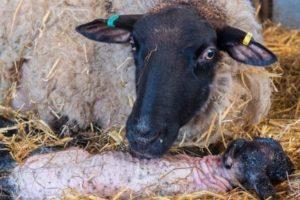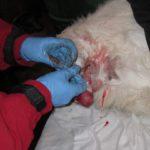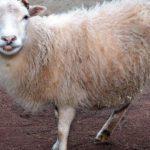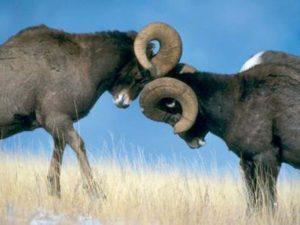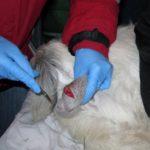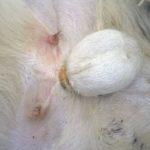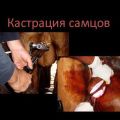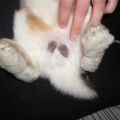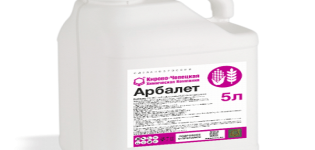Features of castration of rams and the top 5 ways at home
When they reach puberty, rams start to smell bad. The fetid odor is required by these individuals to attract females. However, at the same time, it can negatively affect the quality characteristics of meat. It will acquire an unpleasant odor and become unusable food. To get rid of this problem, it is important to carry out the castration of the ram in a timely manner, which consists in the removal of its genitals.
What is it for
There are several reasons for the castration of rams:
- Testes should be removed for lambs that are not suitable for breeding. The operation allows to prevent the birth of lambs from males that do not meet the breed characteristics, and to make adjustments to their behavior. After the procedure, the lambs become calmer, which helps to significantly reduce injuries.
- Sheep mature much earlier than the body is ready to bear lambs. With the joint keeping of females with males in the same room, there is a risk of non-viable cubs. This is fraught with significant losses. With castration, such problems can be prevented.
- Often lambs are castrated to correct the taste of the meat. After this procedure, it does not have a bad smell, contains more fat and less fiber.
- Removing the gonads has a beneficial effect on the quality and quantity of animal hair. It is much easier to skin such rams at slaughter.
- In more rare cases, rams are castrated for medical reasons. This is required if a number of diseases or damage to the genitals are detected.
Castration of animals on time helps to eliminate many problems in keeping sheep and significantly increase the profitability of the farm.
At what age should you do
The sexual maturity of animals occurs at six months. In some breeds this happens even earlier. It is best to remove the testes 3-4 weeks before the end of the formation of the genitourinary system. Castration of lambs is carried out no earlier than 3-4 months. If the intervention is performed earlier, there is a risk of significant metabolic disorders and developmental delays. If the operation was performed later, there is a possibility that sexual behavioral reactions persist for a certain time.
To prevent complications, castration is best performed in the fall or spring. During these periods, the temperature is low and insects are absent.This helps to avoid bleeding, inflammation and other problems.

Castration methods
Various methods can be used to remove genitals. At the same time, many farmers choose bloodless methods. They are considered to be simpler and provide quick recovery of animals.
No blood
The key types of bloodless castration include elastration, destruction of the parenchyma of the testis or spermatic cord.
Elastication
This is one of the simplest methods of castration. During the manipulation, special rubber rings are applied to the scrotal neck and forceps are used. Both an experienced farmer and a beginner can perform these actions. However, it is better to perform castration with an elastic band up to 4 weeks. Then the testes are greatly enlarged, and therefore it becomes problematic to apply the ring.
Destruction of the spermatic cord
This is a more complex castration option. It consists of using different forceps. The specific variety depends on the age category of the ram. On the first day after the operation, there is a risk of slight swelling of the scrotum. In this case, the general condition of the animal does not change.
Destruction of the testis parenchyma
This bloodless method takes into account the physiology of the genital organs of animals. However, it is rarely used. Neutering the animal in this way is necessary with the help of branch-shaped forceps. They resemble a spoon in appearance.
In this case, the body of the testis is placed on one part of the device, and the second is captured and destroyed by the parenchyma.
Bloody
The application of these methods requires more knowledge than the previous group. This is due to the need for a violation of the structure of the skin and the risk of infection.
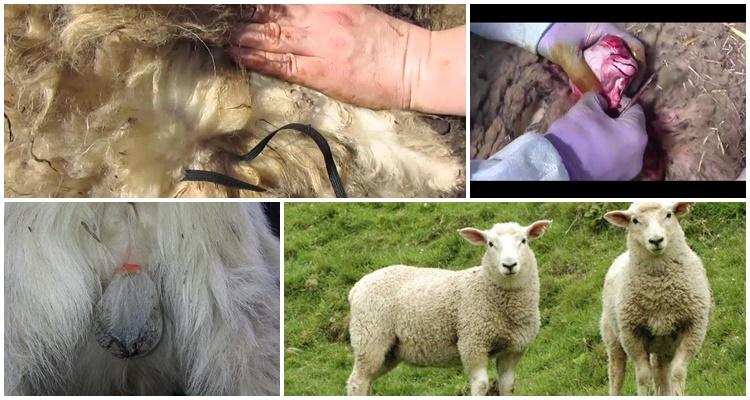
Closed way
This method is suitable for the castration of animals of any age category. However, it is most often used at 2-6 months. To do this, you need to take a scalpel, scissors, iodine tincture. You will also need tongs and disinfection powder.
To carry out the procedure, you should do the following:
- Fix the ram and inject 5-10 milliliters of novocaine with a concentration of 0.5% into each testis.
- Remove hair from the scrotum.
- Treat the field with iodine solution.
- Pull the skin of the scrotum down and remove the testis up.
- Cut off the top of the scrotum. It is recommended to do this with sharp scissors.
- Remove the skin to the groin rings. Then remove the testes.
- Compress the vessels and spermatic cord with forceps.
- Cut off the testes with a scalpel. It is recommended to do this 1 cm below the clamping area.
- Place an antiseptic in the resulting wound.
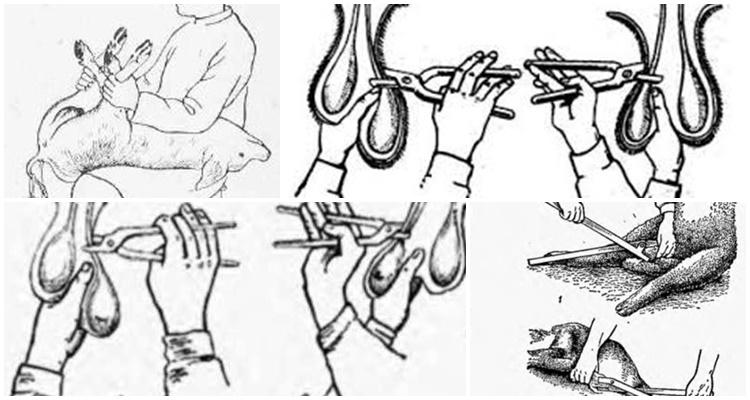
Open way
To perform an open operation, transverse incisions are made at the bottom of the scrotum or when cutting off its bottom. To do this, it is recommended to do the following:
- Inject the anesthetic into several places in the field of operation.
- Cut through the skin. This should be done in several places. Get the testicles through the holes. Subsequently, they need to be tied with a ligature. You can also squeeze the spermatic cord with forceps.
- Finally, sprinkle the wound with antiseptic powder. If it is large, gauze should be placed in the cavity by soaking it with an antibiotic or "Iodoform".
Features of castration of old individuals
Older animals need to be neutered to reduce their sex drive and eliminate the unpleasant smell of meat. Sexually mature males have an overdeveloped scrotum. This affects castration.
To complete the procedure, you need to do the following:
- Remove hair from the scrotum and inject novocaine.
- Fix the male by pulling the pelvic limb to the head.
- Cut the skin of the scrotum in a circular manner. This should be done before the testicle membrane.
- Tighten the spermatic cord and fix with forceps.
- Cut off the testes. This is done with the scrotum and a fragment of the cord.
- Fix the forceps for 2-3 minutes, then sprinkle the wound with an antiseptic.
Possible complications
Most often, negative consequences occur after open surgery. At the same time, a prolapse of the intestinal loop is observed in rams. The spermatic cord may also fall out. If such complications are eliminated in time, they will not affect the outcome of the operation.
More dangerous consequences include bleeding. In such a situation, it may be necessary to re-suture. Late complications are considered to be the accumulation of clotted blood and infection. If you do not get help for the animal in time, there is a risk of developing gangrene, sepsis and the death of the pet. Sheep castration can be done in various ways. For the procedure to be successful, it is important to choose the right method of surgical intervention and strictly adhere to all the rules and instructions.
